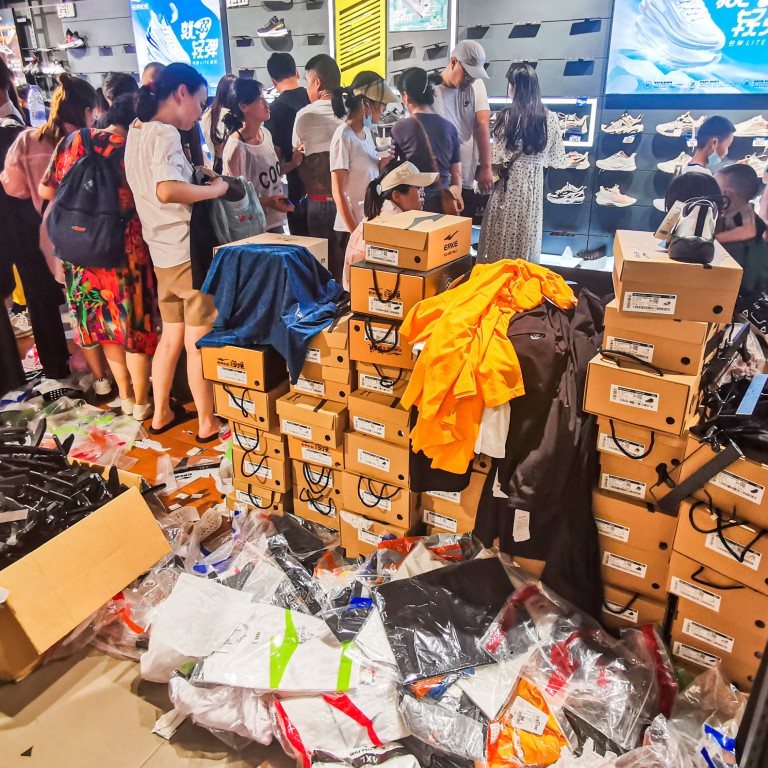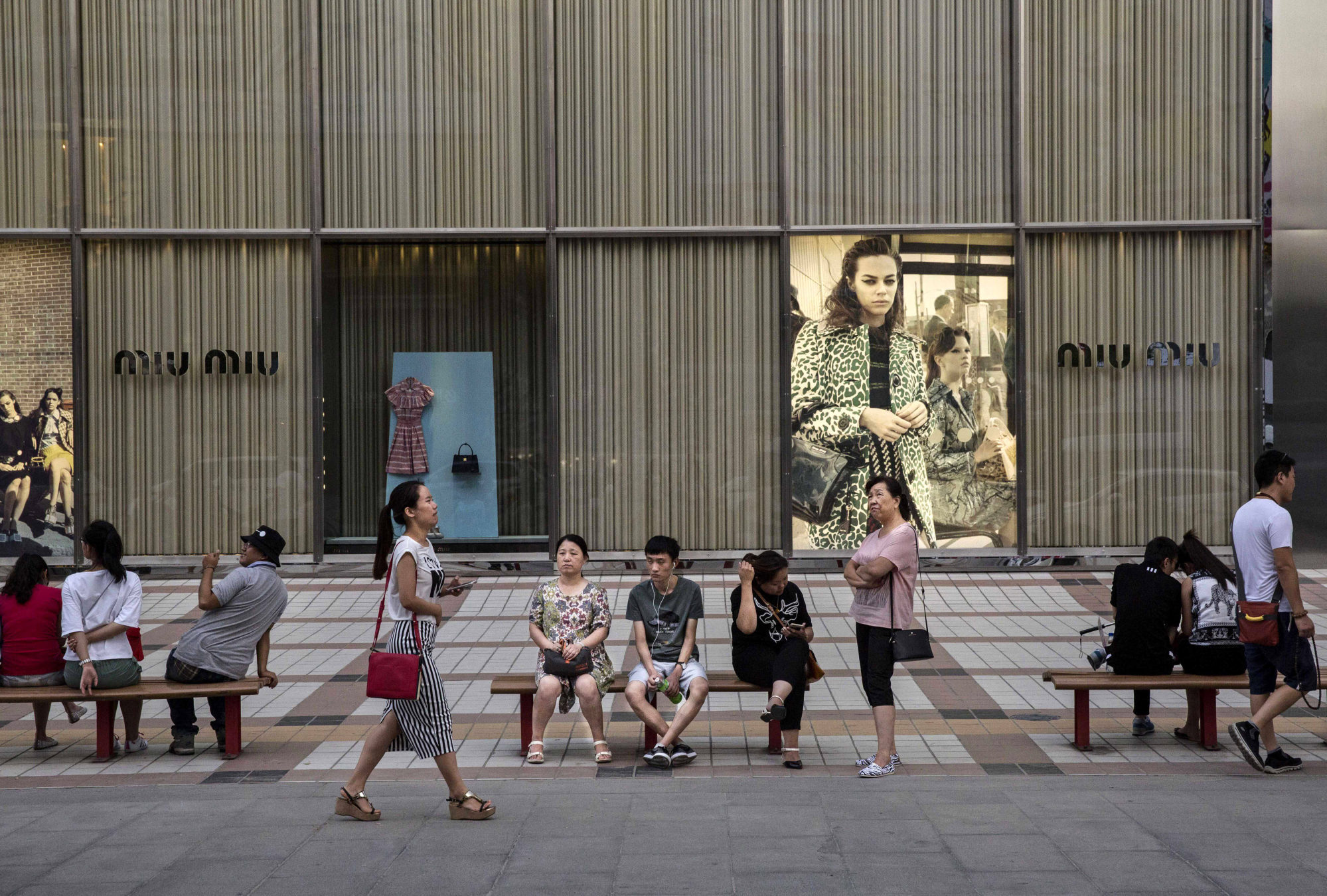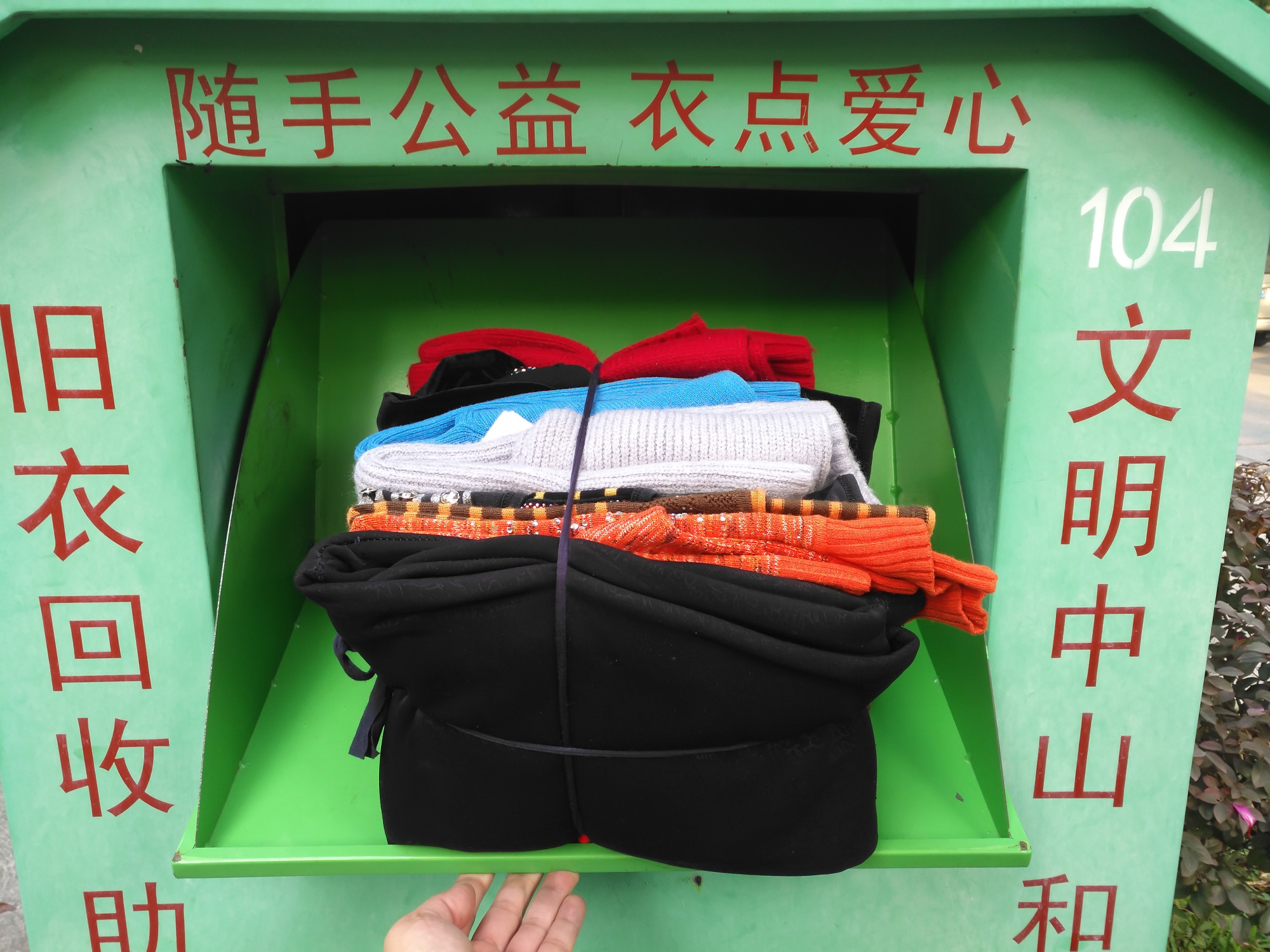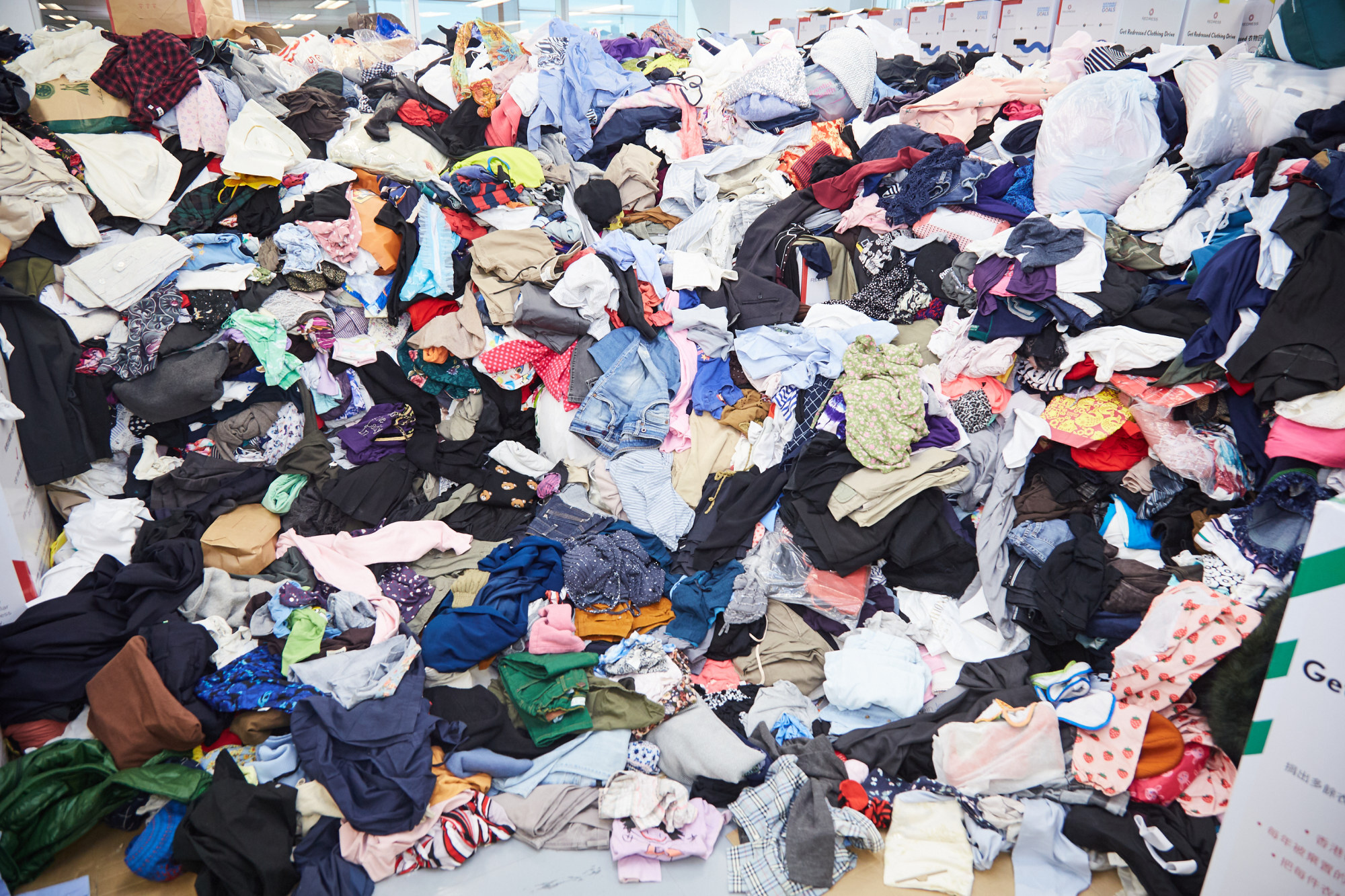
Chinese Gen Z will drive sustainability conversation in fashion, say experts, as Covid-19 heightens a sense of responsibility towards the natural world
- Young Chinese people will drive change in fashion consumption, say industry insiders, pointing to a rise in social media posts on sustainability by Gen Z users
- Reports and polls appear to agree, with young shoppers choosing environmentally friendly fabrics, buying second-hand and worrying over air and water pollution
The pandemic certainly hasn’t brought us much to be cheerful about – but one undoubted positive is the shift seen in Chinese customers on sustainability.
China, as the “factory of the world”, is the most polluting country on Earth (although only the seventh biggest per capita), and for any real change in fashion consumption and manufacturing to take place, its citizens need to play their part in driving it. For now, it seems as if they might be on track.
“The pandemic has made people in China reassess their relationship with the environment,” says Gu Xiaofeng, a fashion marketing expert.
“I think the disaster we have witnessed over the last two years has made people realise they have a real responsibility to the natural world, and that we all have to do better.”

Now attitudes are shifting. At Business of Fashion’s annual Voices event in December, which gathered heads of industry from around the world, the focus was firmly on the environment and how fashion must change.
Can sustainable fashion be more affordable? Experts weigh in
Dame Vivian Hunt, a managing partner at the consulting firm McKinsey & Company, said the fashion industry’s waste problem was out of control, and that overproduction needs to be tackled now.
“Fashion has a long way to go to demonstrate its commitment to achieving net zero emissions,” she said, noting that 45 per cent of garments went on to be sold at marked down prices. In China, that figure is even higher.

According to an Ipsos poll, consumers in China were more worried about air and water pollution than the average global customer, with 85 per cent saying they had changed the way they shopped over the last year because of environmental factors. The global average was just 69 per cent.
And it makes sense: young Chinese consumers have lived with far worse air pollution than most of their Western counterparts, and have seen the real damage the manufacturing industry can do. Shoppers in Europe and the US, by contrast, are largely shielded from this, as very little production takes place in those markets.
I do see more Chinese Gen Z consumers openly discuss issues they care about online and embrace brands that also share these values
Older shoppers are far less likely to be actively swayed by environmental issues. This is reflected by social media.
“It’s rare for Chinese KOLs to engage in active activism, but in terms of issues like environmental protection and sustainability they will do more if it becomes fashionable,” says Gu. “I do see more Chinese Gen Z consumers openly discuss issues they care about online and embrace brands that also share these values.”

Daxue Consulting agrees, noting that around 83 per cent of Gen Z respondents chose environmentally friendly fabrics when buying clothes. In addition, more than 90 per cent of the respondents in the same survey said they would buy or rent clothes through second-hand stores or platforms.
Rental, however, is currently far less popular in China than buying second-hand goods. “Popularity for rental lags in Asia despite the notion of sustainability gaining awareness after Covid-19,” says Prudence Lai, an analyst at market research firm Euromonitor International in Hong Kong.

In China, like elsewhere, brands need to make sure they are clever about sustainability advertising. Instead of being too vague or too broad, they need to focus on communicating their brand statements clearly and on educating customers, and involving them in the process.
Last year’s Hugo Boss Responsible Workshop Program – a WeChat activation including games to tell and educate customers about its responsible collection – was a huge success and more brands should follow suit.
“China is a waiting market when it comes to going green,” says Gu. “Give it a few years and Gen Z in China could be leading the way.”

